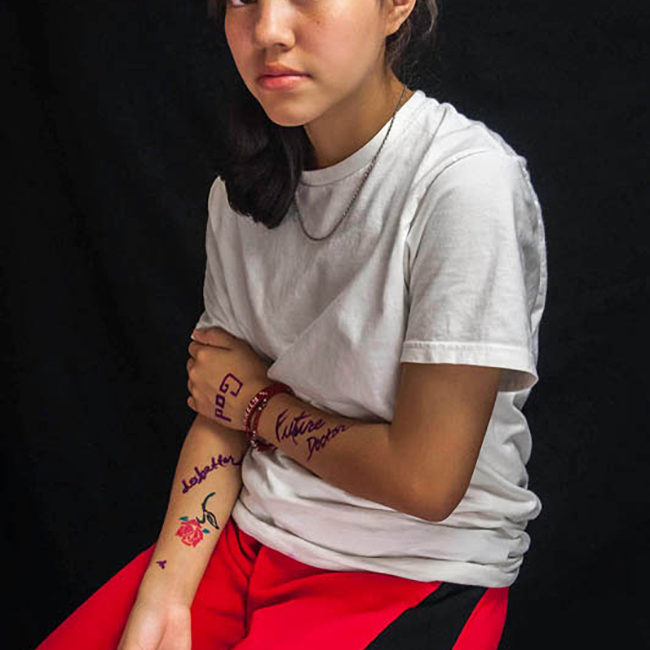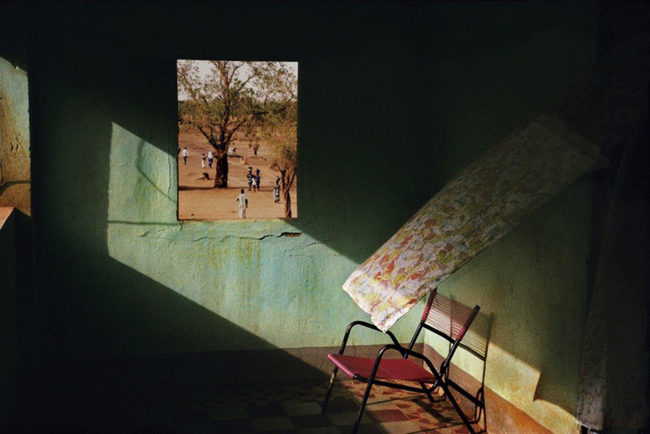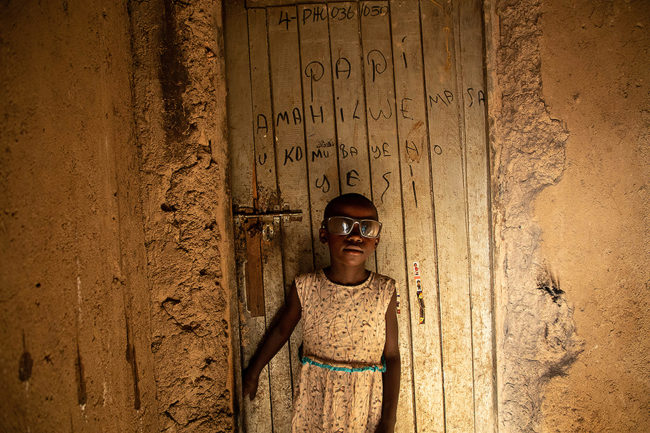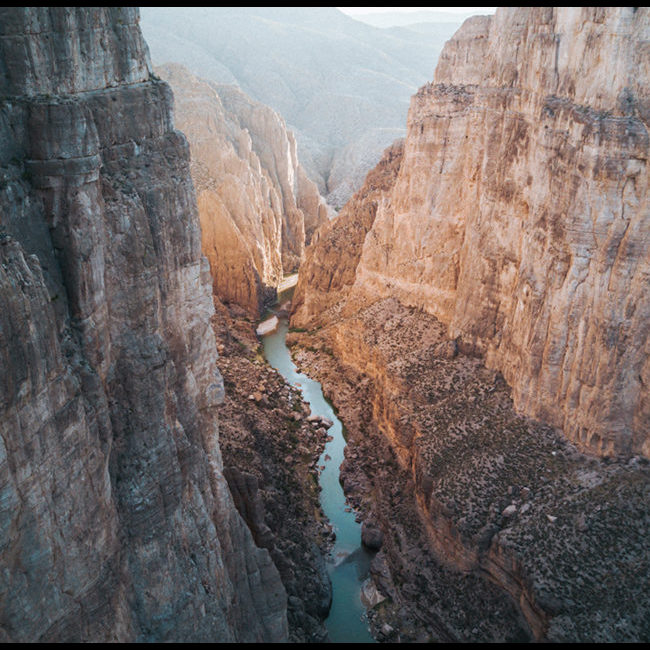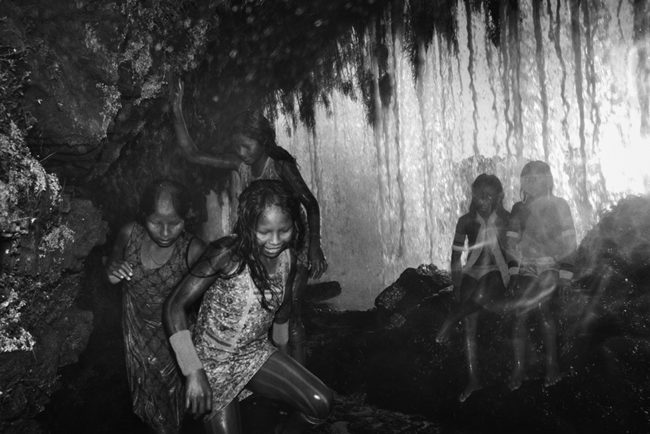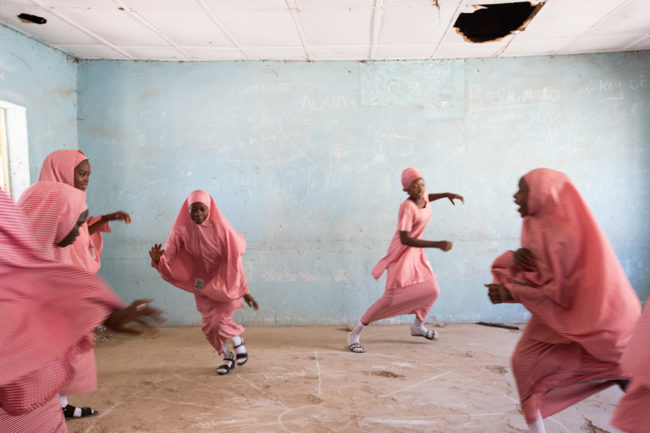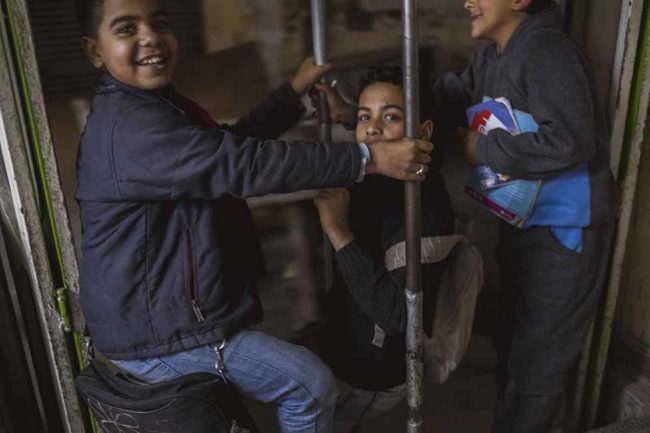Paul D’Amato has been photographing in Chicago’s ethnic and minority neighborhoods for 30 years. Between 1988 and 2003, he immersed himself in a Mexican neighborhood for his project called “Barrio.” Since 2003, he has been making portraits of African American residents of Chicago’s West Side. His book, Here / Still / Now, due out in November from Kehrer Verlag, features 50 of those portraits. They stand out for the beauty of their light, color and composition, as well as their generosity and humanity. D’Amato’s subjects include mothers, fathers, children, grandmothers, aunts, uncles, friends, lovers. And he photographs all of them on their terms: There’s posturing and pride, dignity and rectitude, joy, sadness, determination, resignation, love and vulnerability.
“What begins with the simple request: ‘Can I take your picture?’ leads to a negotiation that ends with a performance of the self. It’s a kind of dance,” D’Amato writes in the book’s afterword. “It’s about negotiating desire and expectation and then, if it goes well, it’s about the performance of both the photographer and the subject, who together create an image of a person that is both fictive and true.”
How vulnerable communities are depicted in photographs, particularly by outsiders, is the subject of much discussion in recent years. D’Amato, a white, middle-aged professor at Columbia College Chicago, photographed mostly poor residents of a black neighborhood, and he’s aware of the implications. Photographer Dawoud Bey mounts a pre-emptive defense in the introduction to Here / Still / Now. But D’Amato also lays out his methods and motivations with transparency and clarity, and his images speak for themselves.
The West Side, he explains, “is just like every other swath of [urban] poverty…We are lulled into ignoring their existence, as the people who live there become they and them, instead of he and she.” He cares about the poverty and injustice, but when he’s photographing, he explains, “something besides a concern for poverty takes shape. This is what I photograph.…It can be about a kind of grace or beauty; or perhaps it can be just about the opportunity to do something out of the ordinary….When these subjects agree to be photographed, they stand for the best and only example of who they are….[They] aren’t they or them, they are he and she and matter as much as any one of us.” One portrait, for instance, shows a woman lying on a mattress. The details betray a hard life: bruises and scars on her arm, sallow eyes, dirty paint on the institutional cinderblock wall behind her. But the white sheet in which she wraps herself, the leopard print sheets she’s lying on, and the ease of her posture evoke vitality. And her expression radiates serenity and strength.
Another portrait, photographed in golden afternoon light, shows two boys in a vacant lot. One, standing shirtless, casts a defiant glance toward the camera, his adult-like affect clashing with his boyish looks. The other boy lies on a mattress at the feet of the first boy, looking warily at the camera. The photograph doesn’t hide their hardscrabble environment, but the attention goes to the two boys and the feelings they evoke: of friendship, of the headiness of adolescence, of obliging an adult you’re not quite sure you can trust.
Some portraits take dozens of tries, D’Amato writes, but “often as not, the first time is best, when I can’t believe how great the person is who just said ‘yes,’ and that my job, as the photographer, is to remember to breathe and not to fuck it up.”
Many of D’Amato’s portraits subjects gaze straight at the camera, which helps keep viewers from seeing them as stand-ins for any preconceptions of “they and them.” D’Amato gives them their say, and you can’t help but see them simply as people. —David Walker
Related Stories:
We All We Got
Nail Art Culture Up Close
Juan Giraldo’s “Blue & Blue” Explores Family, Work and the Immigrant Experience (for PDN subscribers; login required)
